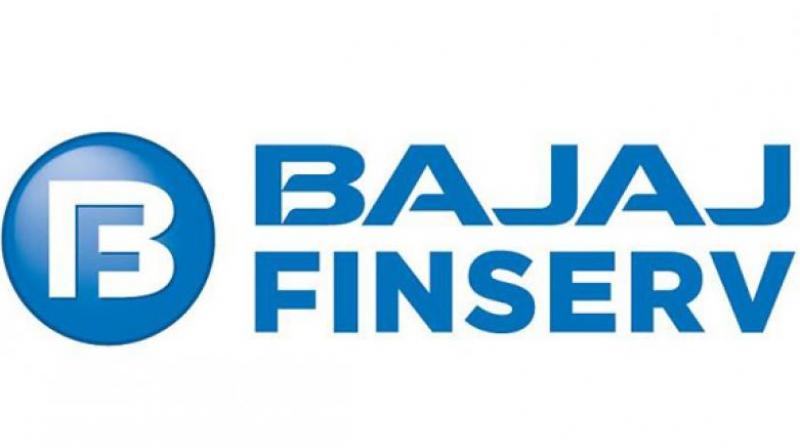Smart investment moves for FY 2019-20
Investment returns heavily depend on the economic conditions and the fluctuations in repo rate.

Pune: With the new financial year just around the corner, investment planning is at the back of the mind of most individuals. As a rule, your investment returns heavily depend on the economic conditions and the fluctuations in repo rate.
It is hence, important to take into consideration that on 7 February 2019, as a part of the bi-monthly monetary policy declaration, the RBI has announced a reduction in the repo rate by 25 bps (basis points). With immediate effect, the rate has now dropped from 6.5 per cent to 6.25 per cent.
With this dip in the repo rate, there may be an impact on borrowing costs as well. Though your joy as a borrower may be boundless, you may need to plan your investments carefully, as a fixed deposit investor.
This is because instruments like FDs are already offering high-interest returns that may face revision once the external benchmark system comes into action.
Given the economic climate, you can still overcome fluctuations in interest rates and multiply your savings, by adopting the right investment strategy. Here is how you can plan your investments to optimise your FD returns for FY 2019–2020.
Invest in FDs for stabilizing your portfolio
An ideal investment portfolio should be diversified so that it earns high returns with lower risk. For the debt portion of your portfolio, consider investing in FDs to enjoy the safety and preservation of your capital.
With issuers offering higher interest rates on fixed deposits, you can lock in your investment and capitalise on the recent spike in interest rates.
Additionally, you have the option to save more on interest earnings from fixed deposits. This is because until now bank and post office FD interest income for up to Rs. 10,000 was exempt from TDS.
However, with the Interim Budget 2019, this exemption limit has been raised to Rs. 40,000 for a regular investor and Rs. 50,000 for a senior citizen. This gives you all the more reason to increase your FD investments.
Have a calculative approach towards your investments
High FD interest rates may tempt you to park your entire surplus in fixed deposits alone. However, you should adopt a calculative approach towards your investments so that you can make the most of what various instruments have to offer. By locking away your surplus savings in FDs at existing rates, you lose access to the funds till the tenor ends.
This makes it difficult for you to invest in other prospects. So, plan and stagger your investments and keep some surplus handy. Ideally, you should invest in FDs with a short-term to medium-term horizon, preferably 3–5 years to earn inflation-beating returns.
Another smart move would be to ladder your fixed deposits. Split a lump sum amount and invest in multiple FDs of smaller amounts for varying tenors. For instance, instead of investing Rs. 10 lakh in one FD, split it into 5 FDs of Rs. 2 lakh, where each has a varying tenor.
This way you can align each of your FDs to unique financial goals and enjoy liquidity at various points in time. In turn, you will be able to fund any urgencies that come your way just as easily.
Finally, when investing, consider investing in leading financial institutions like Bajaj Finance Fixed Deposits to enjoy high-interest earnings and other benefits on your investment. Gain from interest rates of up to 8.75 per cent as a regular investor and up to 9.10 per cent as a senior citizen when you invest in an FD for a 3-year term with payouts at maturity. Moreover, you can further increase your earnings by earning an additional 0.25 per cent interest when you renew your investment.
Draft the right asset allocation
While higher interest rates mean better returns on fixed deposits, they mean lower returns on shares. Companies postpone borrowing in order to reduce credit costs by awaiting a fall in the interest rates. This adversely affects the production and their overall development resulting in reduced earnings and a dip in the share prices.
But this doesn’t mean that you should totally turn a blind eye to equities because they have the potential to yield inflation-adjusted returns in the long run. So, it will be good for you to diversify your investments and arrive upon the right asset mix given your goals, financial responsibilities, income, and age.
With this investment strategy by your side, you can optimise your investments for FY 2019–2020 and get a step closer to achieving your goals.

